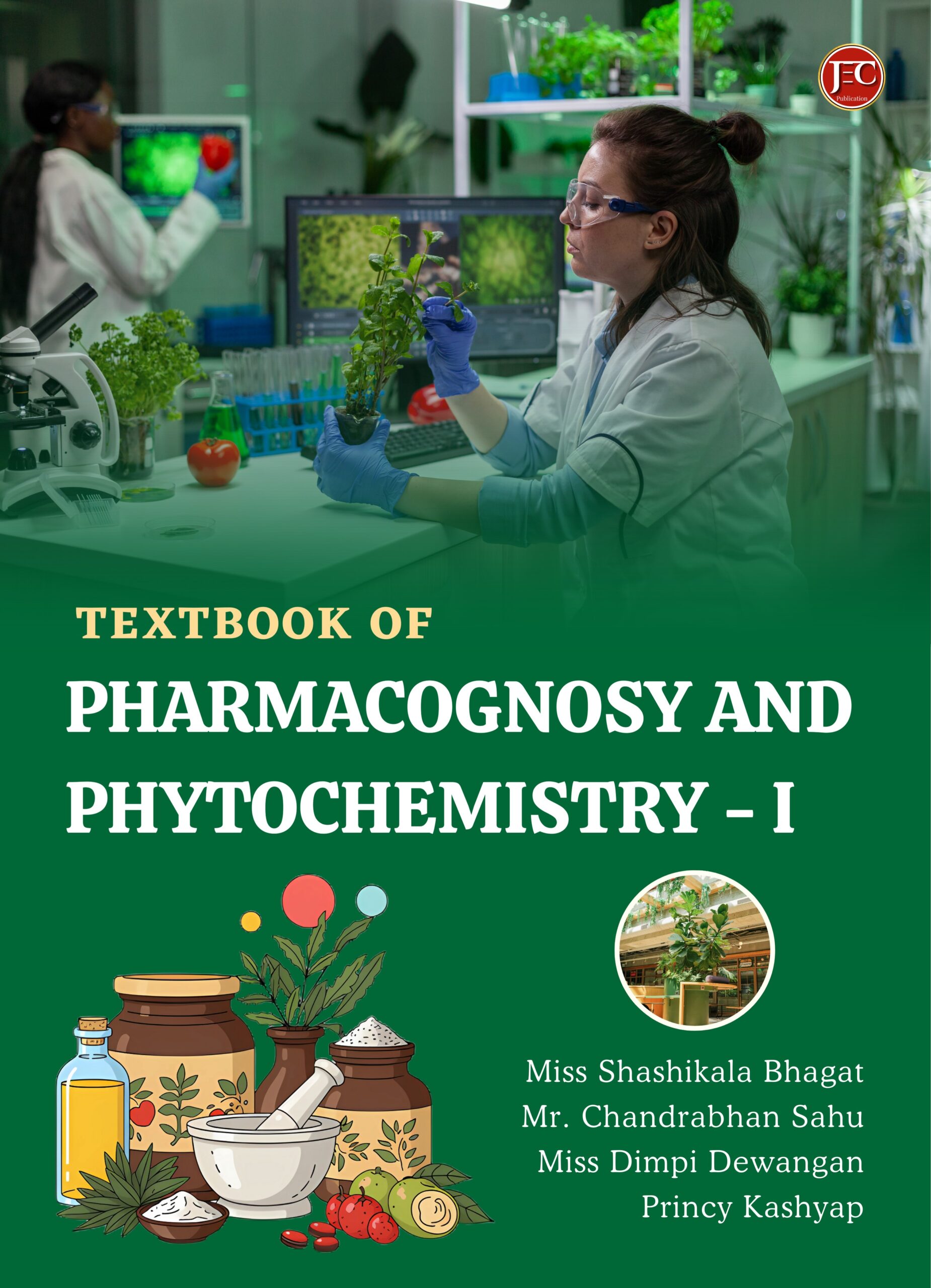TEXTBOOK OF PHARMACOGNOSY AND PHYTOCHEMISTRY – I
₹499.00
Isbn-978-93-6976-896-7
The Textbook of Pharmacognosy and Phytochemistry is the result of several writers’
attempts to incorporate the vast body of knowledge in both traditional and modern
pharmacognosy, which has long been a prerequisite for the curriculum of many universities
worldwide.
In earlier times, pharmacognosy was mainly understood as the study of medicines that
come from natural sources. According to the American Society of Pharmacognosy, it is defined
as the study of the physical, chemical, biochemical, and biological characteristics of drugs or
drug substances derived from nature, along with the exploration of new natural sources for
potential medicines. Over time, the field of pharmacognosy has evolved and expanded to
include diverse information related to natural drugs — such as their history, classification, use
in alternative medicine, physical form, identification, cultivation, harvesting, production, and
overall utilization. It also involves trade and commercial use of medicinal and aromatic plants,
their impact on the economy, detection of adulteration in natural drugs, and evaluation through
physical, chemical, and sensory methods. Other important aspects include the biological
testing of herbal medicines, the study of biosynthetic pathways in plants, pharmacognostic
examination of crude drugs, and processes such as extraction, isolation, and purification.
Additionally, modern plant biotechnology plays a major role. Altogether, this vast and
comprehensive knowledge base has led to the development of what is now known as modern
pharmacognosy — an interdisciplinary science that not only focuses on traditional areas but
also includes phytochemical research and the study of biologically active plant compounds.
Keeping in mind the vast and detailed knowledge of the subject, this textbook has been
thoughtfully designed to make a meaningful contribution to the field of pharmacognosy. This
modern book on pharmacognosy and phytochemistry highlights plant biodiversity and covers
various important topics which are mentioned on units.
The authors have successfully achieved their goal through a systematic compilation of
well-written book, supported by clear and neatly labeled diagrams wherever necessary. They
express heartfelt gratitude to their grandparents, parents, spouses, and family members for their
continuous motivation and support in creating a book that meets the long-felt need of
undergraduates, postgraduates, and researchers alike — all in one place.


Reviews
There are no reviews yet.